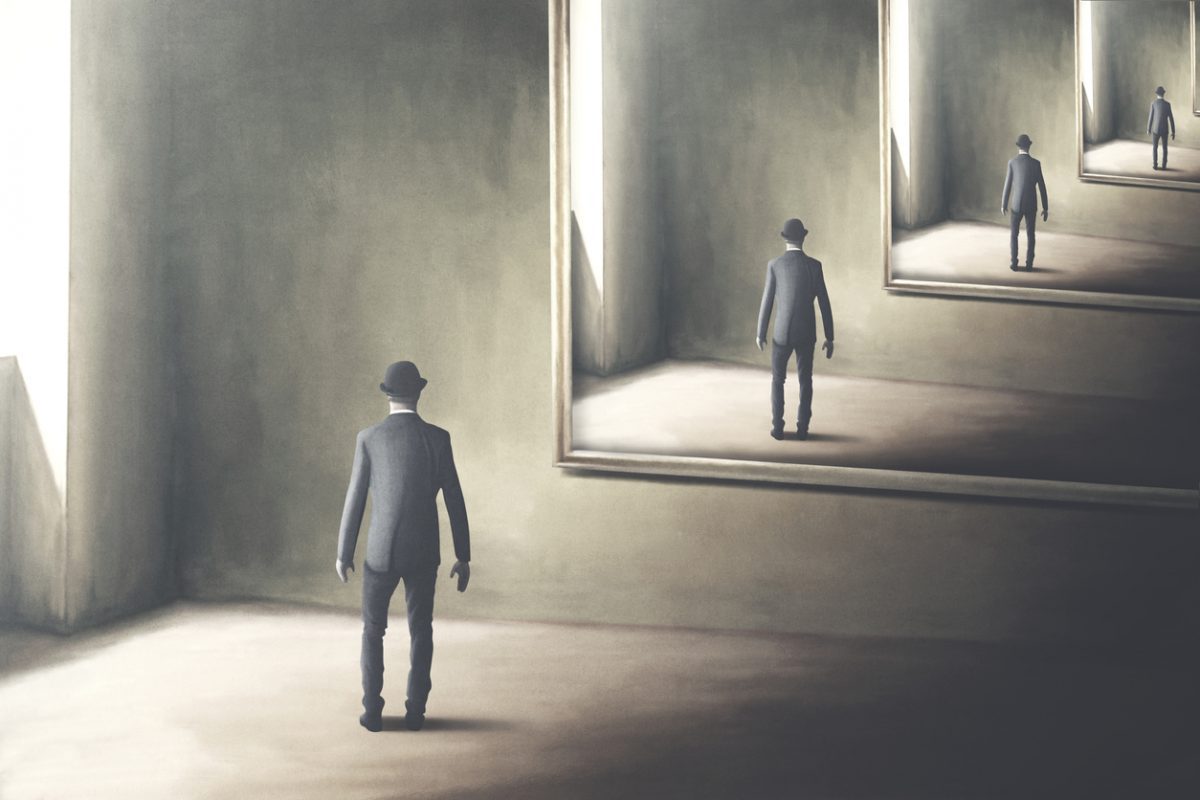Letter to the Editor
Sir: The advent of atypical neuroleptics has transformed the
pharmacologic treatment of schizophrenia. The advent of single
photon emission computed tomography (SPECT) and positron
emission tomography (PET) neuroreceptor imaging makes it
possible to link biochemical events in the human brain to their
clinical consequences. Remington and Kapur (supplement 10,
1999) have proposed an interesting model based on studies using
PET that takes in account the serotonin-2/dopamine-2
(5-HT2/D2) occupancy threshold: conventional antipsychotics
have low 5-HT2/high D2 ratios, olanzapine and risperidone have
high 5-HT2/high D2 ratios, clozapine has a high 5-HT2/low D2
ratio, and quetiapine has a low 5-HT2/low D2 ratio. Beyond
80% of D2 blockade, extrapyramidal symptoms appear. To attain
optimal blockade, 2 to 4 mg/day of a conventional neuroleptic
such as haloperidol is sufficient.
This PDF is free for all visitors!
Save
Cite



